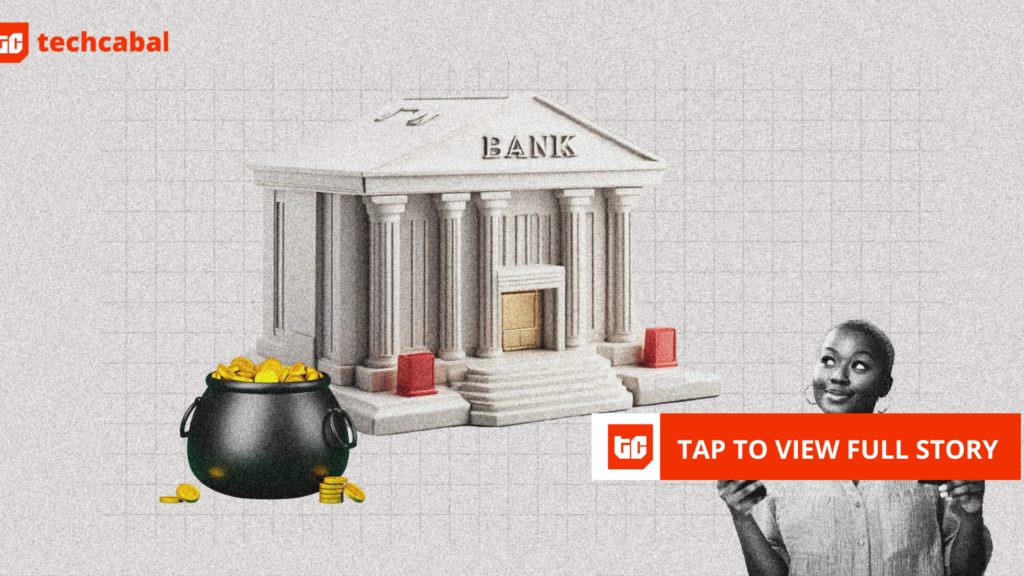Cyber threats are growing more sophisticated, and traditional security approaches struggle to keep up. Organizations can no longer rely on periodic assessments or static vulnerability lists to stay secure. Instead, they need a dynamic approach that provides real-time insights into how attackers move through their environment.
This is where attack graphs come in. By mapping potential attack paths, they offer a more strategic way to identify and mitigate risk. In this article, we’ll explore the benefits, types, and practical applications of attack graphs.
Understanding Attack Graphs
An attack graph is a visual representation of potential attack paths within a system or network. It maps how an attacker could move through different security weaknesses – misconfigurations, vulnerabilities, and credential exposures, etc. – to reach critical assets. Attack graphs can incorporate data from various sources, continuously update as environments change, and model real-world attack scenarios.
Instead of focusing solely on individual vulnerabilities, attack graphs provide the bigger picture – how different security gaps, like misconfigurations, credential issues, and network exposures, could be used together to pose serious risk.
Unlike traditional security models that prioritize vulnerabilities based on severity scores alone, attack graphs loop in exploitability and business impact. The reason? Just because a vulnerability has a high CVSS score doesn’t mean it’s an actual threat to a given environment. Attack graphs add critical context, showing whether a vulnerability can actually be used in combination with other weaknesses to reach critical assets.
Attack graphs are also able to provide continuous visibility. This, in contrast to one-time assessments like red teaming or penetration tests, which can quickly become outdated. By analyzing all possible paths an attacker could take, organizations can leverage attack graphs to identify and address “choke points” – key weaknesses that, if fixed, significantly reduce overall risk.
Types of Attack Graphs Explained
All attack graphs are not equal. They come in different forms, each with its strengths and limitations. Understanding these types helps security teams choose the right approach for identifying and mitigating risks.
Security Graphs
Security graphs map relationships between different system elements, such as user permissions, network configurations, and vulnerabilities. They provide visibility into how various components connect. However, they don’t show how an attacker could exploit them.
- Pros – Security graphs are relatively easy to implement and provide valuable insights into an organization’s infrastructure. They can help security teams identify potential security gaps.
- Cons – They require manual queries to analyze risks, meaning security teams must know what to look for in advance. This can lead to missed attack paths, especially when multiple weaknesses combine in unexpected ways.
Aggregated Graphs
Aggregated graphs combine data from multiple security tools like vulnerability scanners, identity management systems, and cloud security solutions into a unified model.
- Pros – They leverage existing security tools, providing a more holistic view of risk across different environments.
- Cons – Integration can be challenging, with potential data mismatches and visibility gaps. Since these graphs rely on separate tools with their own limitations, the overall picture may still be incomplete.
Holistic Attack Graphs
Advanced and holistic attack graphs take a different direction. These are purpose-built to model real-world attacker behavior, with special focus on how threats evolve across systems. They map out all possible attack paths and continuously update themselves as environments change. Unlike other graphs, they don’t rely on manual queries or predefined assumptions. They also provide continuous monitoring, real exploitability context, and effective prioritization – which helps security teams focus on the most critical risks first.

Practical Benefits of Attack Graphs
Attack graphs provide continuous visibility into attack paths, which offers security teams a dynamic, real-time view instead of outdated snapshots from periodic assessments. By mapping how attackers could potentially navigate an environment, organizations gain a clearer understanding of evolving threats.
They also improve prioritization and risk management by contextualizing vulnerabilities. Rather than blindly patching high-CVSS flaws, security teams can identify critical choke points – the key weaknesses that, if fixed, significantly reduce risk across multiple attack paths.
Another major advantage is cross-team communication. Attack graphs simplify complex security issues, crucially helping CISOs overcome the challenge of explaining risk to executives and boards through clear visual representations.
Finally, attach graphs enhance the efficiency of remediation efforts by ensuring that security teams focus on securing business-critical assets first. By prioritizing fixes based on both actual exploitability and business impact, organizations can allocate security resources effectively.
Leveraging Attack Graphs for Proactive Security
Attack graphs are shifting cybersecurity from a reactive stance to a proactive strategy. Instead of waiting for attacks to happen or relying on quickly-outdated assessments, security teams can use attack graphs to anticipate threats before they’re exploited.
A key element of this shift from reactive to proactive security is the ability of attack graphs to integrate threat intelligence. By continuously incorporating data on emerging vulnerabilities, exploit techniques, and attacker behaviors, organizations can stay ahead of threats rather than reacting after damage occurs.
Continuous assessment is also critical in modern IT environments, where change is the norm. Attack graphs provide real-time updates. This helps security teams adapt as networks, identities, and cloud environments shift. Unlike static models, attack graphs offer ongoing visibility into attack paths, enabling smarter, more informed decision-making.
By leveraging attack graphs, organizations can move beyond traditional vulnerability management to focus on real exploitability and business impact. This shift from reactive patching to strategic risk reduction makes security operations more efficient and effective. Ultimately, attack graphs empower teams to close critical security gaps, strengthen defenses, and stay ahead of adversaries.
Note: This article is expertly written by Menachem Shafran, SVP of Strategy and Innovation, and Tobias Traebing, VP of Global Sales Engineering, at XM Cyber.











